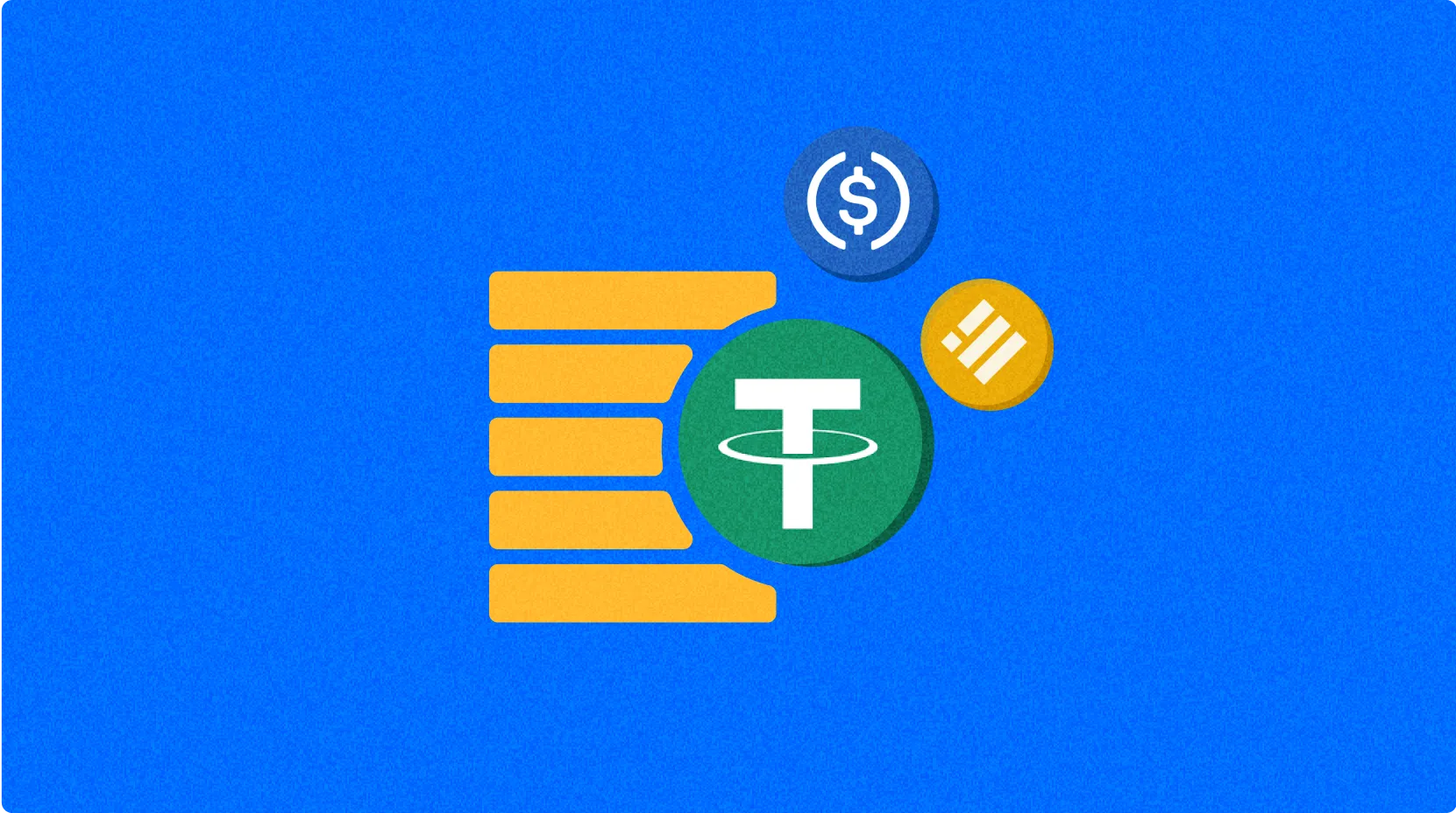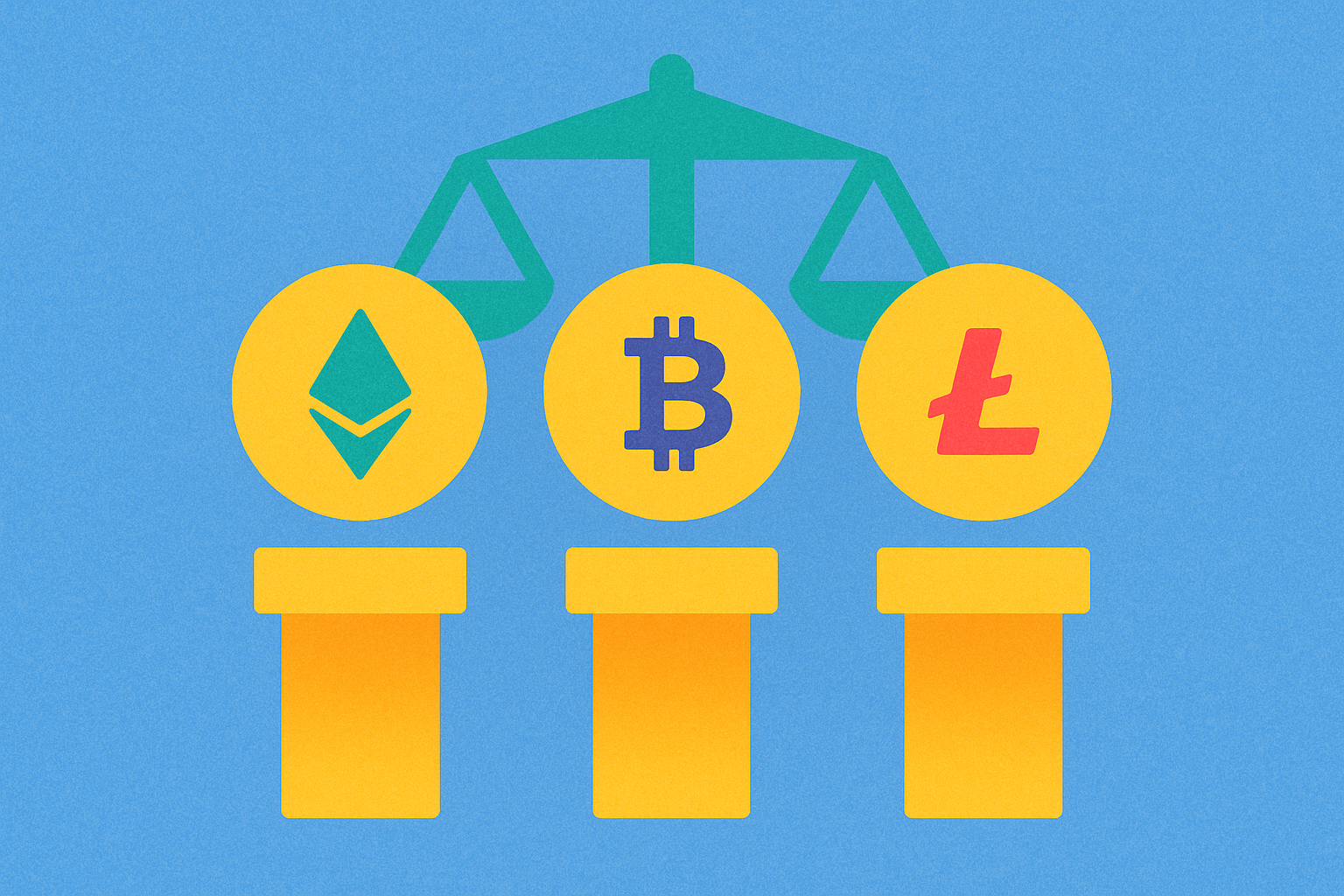Arc Blockchain (Circle tarafından geliştirilen), küresel USDC ödemelerinde yeni bir merkez olmaya aday

Arc: Circle'ın USDC İçin Devrim Yaratan Layer 1 Blokzinciri
Circle'ın Arc blokzinciri, sabit coin blokzincir altyapısında ezber bozan bir dönüşümü temsil ediyor ve büyüyen küresel USDC ekosistemini desteklemek üzere özel olarak geliştirildi. USDC'nin piyasa değeri 76 milyar dolara ulaşırken, 2025 yılında yüzde 72'lik olağanüstü bir büyüme kaydetti (Tether'ın yüzde 32'lik artışını geride bırakarak). Circle, USDC'nin finans sektörlerindeki kullanımını daha da artırmak için Arc'ı özel amaçlı bir Layer 1 blokzincir çözümü olarak stratejik şekilde hayata geçirdi. Arc, Circle'ın mevcut ürün portföyüyle tam uyumlu çalışırken, finansal işlemlerde geleneksel blokzincirlerin hız, maliyet ve kurumsal uyumluluk gibi kritik eksiklerini de ortadan kaldırıyor.
Arc blokzincirinin teknik altyapısı, USDC ödemelerinde sunduğu özel mimariyle önemli avantajlar yaratıyor. Genel amaçlı blokzincirlerin işlem kesinliği ve ücret öngörülebilirliği konusunda yaşadığı sorunlara karşın, Arc, saniyenin altında işlem kesinliği ve ağ yoğunluğundan etkilenmeyen, sabit dolar bazlı ücret yapısı sağlıyor. Bu öngörülebilirlik, büyük ölçekli ödeme çözümleri geliştiren finans kuruluşları için kritik önemde. Ayrıca Arc, hem regülasyonlara uygunluğu hem de ticari gizliliği garanti eden isteğe bağlı gizlilik özellikleriyle, geleneksel finans ile blokzincir inovasyonunu bir araya getirerek yeni nesil küresel sabit coin ödeme ağlarının temelini oluşturuyor.
Sabit Coin Altyapısıyla Küresel Ödemelerde Devrim
Arc'ın devreye alınması, küresel ödeme altyapısında ezber bozan bir ilerleme anlamına geliyor ve bugüne kadar blokzincirin geleneksel finans hizmetlerinde yaygınlaşmasının önündeki temel engelleri ortadan kaldırıyor. Platform, USDC'yi yerel olarak destekleyerek sınır ötesi ödemeler ve döviz takası işlemlerini kolaylaştırıyor; böylece geleneksel bankacılık altyapısına kıyasla işlem maliyetlerinde yüzde 90'a varan tasarruf sağlıyor. Arc'ın işlemleri neredeyse anında sonuçlandırma ve minimum ücretle gerçekleştirme kapasitesi, kurum ve işletmelere daha önce mümkün olmayan ödeme modellerini hayata geçirme fırsatı sunuyor.
USDC ödemelerine yönelik Arc blokzinciri, testnet sürecinde Visa, HSBC, BlackRock ve Deutsche Bank gibi küresel finans liderlerinin de aralarında bulunduğu 100'den fazla kurumsal ortağı cezbetti. BlackRock Dijital Varlıklar Küresel Başkanı Robert Mitchnick, Arc'ın potansiyelini şu sözlerle vurguladı: "Arc'ın incelenmesi, sabit coin bazlı tasfiye ve zincir üstü FX imkanlarının daha verimli sermaye piyasalarına ve zincir üstü varlıklar için ilave işlevselliğe nasıl imkan tanıyabileceğine dair önemli içgörüler sağlayacaktır." Bu kurumsal destek, küresel finansal altyapının blokzincir tabanlı ödeme sistemlerine yaklaşımında temel bir değişime işaret ediyor. Circle, sabit coin işlemleri için özel olarak optimize edilmiş bir altyapı sunarak Arc'ı, sınır ötesi düzenlenmiş dijital para ödemelerinde fiili standart haline getirmeyi ve hazine yönetimi, uluslararası ticaret finansmanı ve perakende ödemelerde dünya çapında dönüşüm sağlamayı hedefliyor.
Finansal İşlemlerin Yeni Nesline Güç Katıyor
Circle'ın Layer 1 blokzincir çözümünün teknolojik olanakları, basit transferlerin ötesine geçerek mevcut blokzincirlerde uygulanamayan gelişmiş finansal uygulamaları mümkün kılıyor. Arc'ın mimarisi, programlanabilir sermaye piyasalarını, tokenlaştırılmış varlıkları ve karmaşık ödeme akışlarını genel amaçlı blokzincirlere göre çok daha verimli biçimde destekliyor. Geliştiriciler artık kredi, sermaye piyasası, döviz işlemleri ve küresel ödemeler gibi finansal kullanım senaryoları için özel olarak optimize edilmiş bir temel üzerinde uygulamalar geliştirebiliyor. Blokzincirin, Circle'ın platform ürünleriyle yerel entegrasyonu sayesinde, USDC merkezli kapsayıcı bir finansal inovasyon ekosistemi oluşuyor.
Arc ve geleneksel blokzincir çözümlerinin finansal işlemlerde karşılaştırılması şu önemli avantajları ortaya koyuyor:
| Özellik | Arc Blokzinciri | Geleneksel Blokzincirler |
|---|---|---|
| İşlem Kesinliği | Saniyenin altında | Dakikalar ile saatler arası |
| Ücret Yapısı | Öngörülebilir, dolar bazlı | Değişken, genellikle öngörülemez |
| Gizlilik Seçenekleri | Kurumsal ihtiyaçlara göre yapılandırılabilir | Sınırlı veya bulunmuyor |
| USDC Entegrasyonu | Yerel, optimize edilmiş | Platforma göre değişir |
| Kurumsal Uyumluluk | Dahili | Ek katmanlar gerektirir |
Bu teknik avantajlar, yeni nesil ödeme altyapısını kullanan finansal kurumlar için pratik ve doğrudan faydalara dönüşüyor. Finansal hizmetler sektörü, artık kurumsal operasyonların gerektirdiği güvenilirlik ve öngörülebilirlikten ödün vermeden blokzincir teknolojisini verimli şekilde kullanabiliyor. Arc tabanlı USDC hizmetlerine erişen Gate kullanıcıları, genel amaçlı blokzincirlerdeki geleneksel sabit coin uygulamalarına kıyasla daha hızlı tasfiye, daha düşük maliyet ve gelişmiş işlevsellikten yararlanacaklar.
Arc'ın Blokzincir Tabanlı Finansın Geleceğine Etkisi
Circle'ın Arc blokzinciri, sabit coin işlemleri için geliştirilmiş özel altyapısıyla blokzincir tabanlı finansın gidişatını temelden değiştirdi. Bu uzmanlaşma, blokzincirin finansal operasyonlarda yaygın kurumsal benimsenmesinin önündeki engelleri ortadan kaldırıyor. USDC'nin regülasyonlara tam uyumu ve şeffaflığı sektör standardı olarak kabul edilirken, Arc bu avantajları küresel finansal sistemlere ölçeklendirmek için gerekli teknik temeli sunuyor. Ayrıca Arc'ın, Circle'ın mevcut zincirler arası transfer protokolleriyle entegrasyonu sayesinde USDC; birden fazla blokzincir ortamında Arc'ın temel üstünlüklerini koruyarak sorunsuz şekilde çalışabiliyor.
Finansal işlemler için blokzincir teknolojisinin büyüme potansiyeli, Arc ile birlikte ciddi oranda artış gösteriyor. JPMorgan analistleri, USDC'nin piyasa değerinin 2025'te yüzde 72 arttığını ve şeffaf, regüle edilmiş sabit coinlerin kurumsal tercihte öne çıktığını belirtiyor. Arc'ın tasarımı, bu kurumsal talebi karşılamakla kalmıyor, aynı zamanda büyük ölçekli uygulamalar için gerekli teknik kapasiteyi de sağlıyor. Société Générale gibi kurumlar Arc'ın imkanlarını keşfederken, bankanın Genel Müdürü Andrew Johnman, "Arc'ın incelenmesi, tasfiye ve programlanabilir ödeme ağlarının daha şeffaf, dayanıklı ve bağlantılı finansal ekosistemler yaratmada nasıl bir rol oynayabileceğini değerlendirmek için eşsiz bir fırsat sunuyor" diyor. Bu kurumsal onay ve finansal uygulamalardaki teknik üstünlük bir araya geldiğinde, Arc yeni nesil finansal altyapı inovasyonunun temel taşına dönüşüyor; Gate ise kullanıcılarına Arc tabanlı finansal hizmetler ekosistemine erişim sağlamaya hazır.

Circle’ın Arc Blockchain’i nedir? Stablecoin finansmanı için bir Katman-1’in detayları

USDC nedir: Popüler dijital doların ne olduğunu ve kripto para ekosistemindeki rolünü anlamak

Plasma nedir? Stablecoin ödemeleri için inşa edilmiş yeni nesil Layer-1.

USDC nedir: Popüler stabilcoin’i ve kripto ekosistemindeki rolünü anlamak

XPL Nedir: Platformlar Arası Geliştirmeye Yönelik Yenilikçi Programlama Dili İncelemesi

Rain'in White Paper'ının arkasındaki temel mantık nedir?

TRC20 Standardını Anlamak: TRON Blockchain’deki Token Protokolü

Donanım Cüzdanı ile Kripto Paralarınızı Güvence Altına Alma Konusunda Kapsamlı Rehber

Dash $1.000 seviyesine ulaşabilir mi?

Güney Afrika'da kripto para ticareti yasal mı?

Kripto para platformlarında yatırım limitlerini anlamak







